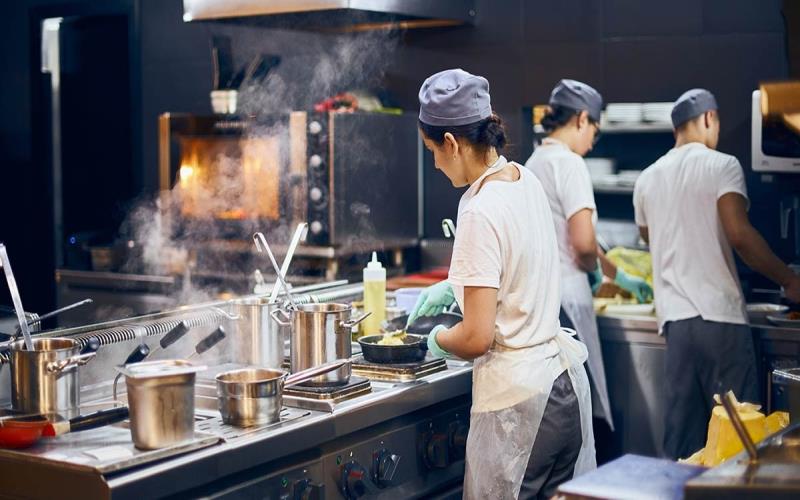In ghost kitchens, unlike conventional establishments, the common customer meet point is not the dining area. This is because most of them are designed for delivery services only, and these orders are made mostly online. The idea is new, but the burning question is whether they are here to stay, or are they another phenomenon born out of the pandemic.
Here, we take a look at what they are, the benefits that come with them, and their likelihood to expand or decrease in the future. If you regularly log in to your Vave sportsbook, your gaming career will surely skyrocket, as practice makes for continuous growth, just like in the restaurant business!
What Are They?
Ghost kitchens, also known as cloud kitchens or dark kitchens, are professional cooking facilities set up for food delivery. They don’t have a dining room, servers, or even a physical storefront. Instead, they focus entirely on preparing food for delivery. Orders come in through apps like Uber Eats, DoorDash, and Grubhub. The food is then made and delivered to the customer’s door.
Many even house multiple brands under one roof. Some serve several types of cuisine from the same kitchen. A singular spot could offer burgers, sushi, and pizza, all under different brand names. This setup allows experimentation with different concepts without the high costs.
Advantages
Ghost kitchens offer several benefits for both businesses and customers. First, they are much cheaper to run than traditional restaurants. There is no need to rent an expensive location, hire waitstaff, or maintain a dining area. Without these costs, places can operate with lower overhead. This allows them to offer competitive prices while still making a profit.
Second, they can be more flexible. As the focus is only on to-go services, they can quickly adapt to changing preferences. If one menu isn’t popular, they can easily switch to another. This flexibility makes it easier for firms to test new ideas and respond to trends.
Third, they can reach a wider audience. By partnering with delivery apps, they can send their products far beyond their immediate area. This opens up new markets that traditional bistros might not be able to serve.
For customers, it means more convenience and variety. By making a few swipes on the phone they can order from many different places. This suits those with tight schedules or those who desire to spend their time eating in the comfort of their homes.
Challenges and Concerns
Despite their pros, ghost kitchens also face some challenges. One major concern is food quality. As they are more focused on taking as many orders as possible, stuff may not always arrive in the best condition. Long traffic times or poor packaging can lead to cold or soggy meals, which can disappoint.
Another issue is the lack of a physical presence. Without a storefront, it can be harder for such shops to build a loyal customer base. Traditional places rely on ambiance, personal service, and word of mouth to attract and keep clients. Ghost kitchens miss out on these important factors.
This development may reduce the physical traffic flow and revenues for conventional restaurants as clients shift to digital ordering. It could potentially lead to a new type of environment, where there are fewer seating options and more deliveries.
The Future of Ghost Kitchens
Are these the new dining norm or just another fad? Quite possibly, it could be a combination of both. It is a cheap way with which business entities can venture into the food segment while satisfying changing market needs.

